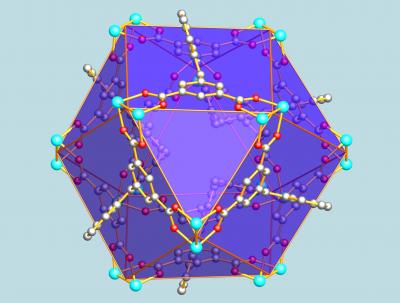In a major advance in alternative fuel technology, researchers report development of a sponge-like material with the highest methane storage capacity ever measured.
It can hold almost one-third more methane than the U.S. Department of Energy’s (DOE) target level for methane-powered cars, they report in a new study. It is scheduled for the Jan. 23 issue of ACS’ Journal of the American Chemical Society, a weekly publication.
Hong-Cai Zhou and colleagues note that lack of an effective, economical and safe on-board storage system for methane gas has been one of the major hurdles preventing methane-driven automobiles from competing with traditional ones. Recently, highly-porous, crystalline materials called metal-organic frameworks (MOFs) have emerged as promising storage materials due to their high surface areas. However, none of the MOF compounds have reached DOE target levels considered practical for fuel storage applications, the scientists say.

The report describes development of a new type of MOF, called PCN-14, that has a high surface area of over 2000 m2/g. Laboratory studies show that the compound, composed of clusters of nano-sized cages, has a methane storage capacity 28 percent higher than the DOE target, a record high for methane-storage materials, the researchers say. — MTS






Comments